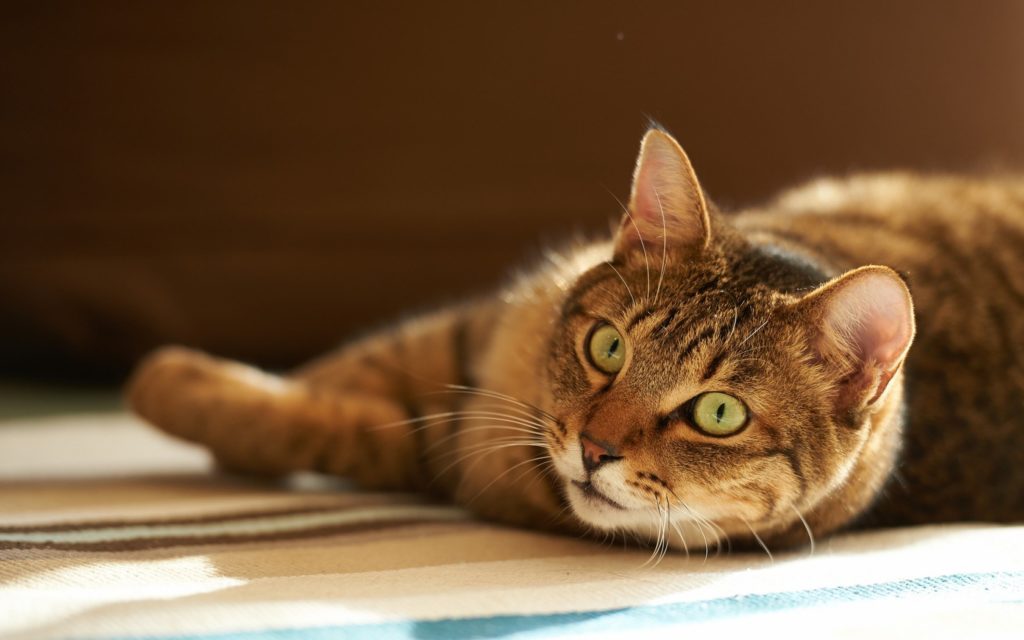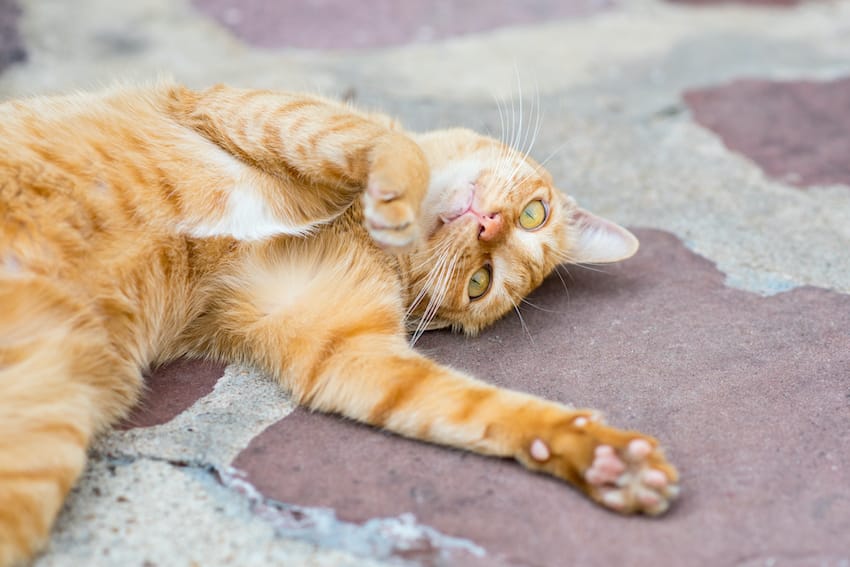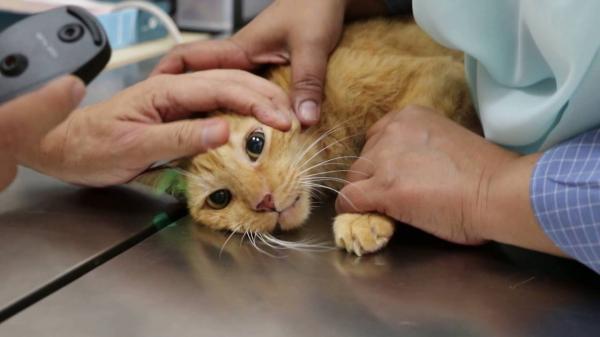Trauma or disease to the vestibular apparatus inside the cat’s ear can cause vestibular disease. Vestibular illness in cats is a condition that affects your cat’s brain’s vestibular center. When properly functioning, the brain’s vestibular center serves to help your cat with balance, coordination, and limb awareness. Vestibular illness can occur in cats of all ages and breeds, although specific breeds, such as Siamese, Burmese, have been demonstrated to suffer from a congenital form of the condition.
The ailment frequently appears out of nowhere. It damages cats’ neurological systems and causes them to lose coordination. When a brain infection or tumor affects your cat’s vestibular center, it’s called central vestibular disease. When the ear or brain nerves are compromised, the peripheral vestibular disease develops.

In the vast majority of instances, the origin of vestibular dysfunction is unknown, and the condition is referred to as an idiopathic vestibular syndrome. The vestibular syndrome can be caused by a variety of primary vestibular system disorders, ranging from infection to malignancy.
Vestibular illness might develop in your cat as a result of a middle or inner ear infection. Vestibular illness in cats can also be caused by a brain tumor in rare situations. Inflammation or bacterial infections are among the possible reasons, as are medication responses, tumors, cancer, and others. In cats, vestibular illness is usually painless and short-lived. However, it might be a sign of more serious underlying disorders that necessitate veterinarian intervention in some circumstances.
Table of Contents
Signs and Symptoms of Vestibular Disease
An unorganized stride or stumbling over is the most common symptom of vestibular disease dysfunction in cats. In severe situations, your cat may begin to vomit and show signs of sickness, such as turning its nose up at its food. Among the signs and symptoms are:

Circling to one side or falling to one side, Incoordination, Spinning about on the ground, back and forth movement of the eyes, Sorrowful vocalizations, Head drooping to one direction, Nausea
Diagnosis of Vestibular Disease
Regrettably, there is no one-size-fits-all diagnostic for detecting vestibular illness in cats. Physical examination, history, and clinical indicators are used to make a diagnosis. Advanced testing, such as an MRI, ear cultures, spinal fluid analysis, and basic blood work, may reveal a more major disease, such as an inner ear infection or brain tumor. In cats, vestibular illness normally goes away on its own. Symptoms usually improve after 1-3 days, and most cats recover completely in 2-3 weeks.
Treatment of Vestibular Disease
The treatment of the problem is contingent on the veterinarian’s ability to identify the underlying cause. Prescription anti-nausea medications and supportive care, such as aided meals and fluid administration, may be used to treat the idiopathic vestibular syndrome, which has no recognized cause.
Antibiotics or antifungal medications are commonly used to treat bacterial and fungal infections. Chronic ear infections may necessitate surgical intervention. Laser surgery can be used to treat tumors. Malignant tumors, which mainly affect middle-aged and older cats, can be treated with radiation and chemotherapy.

Animals with idiopathic vestibular syndrome normally recover completely within a few days. There may be some residual consequences with their stride depending on the duration and intensity of the flare-up, but for the most part, they recover completely. Keeping them off high surfaces and bringing their food and water bowls to them until they regain their sense of balance may be necessary.
Once the cat’s stability is seriously impaired, you may need to make minor adjustments to their living circumstances. There are therapy options for cats that have been diagnosed with a brain tumor. If the tumor is in an operable section of the brain, your veterinarian can send you to a veterinary specialist who can help you with things like chemotherapy, radiation therapy, and possibly surgery.




